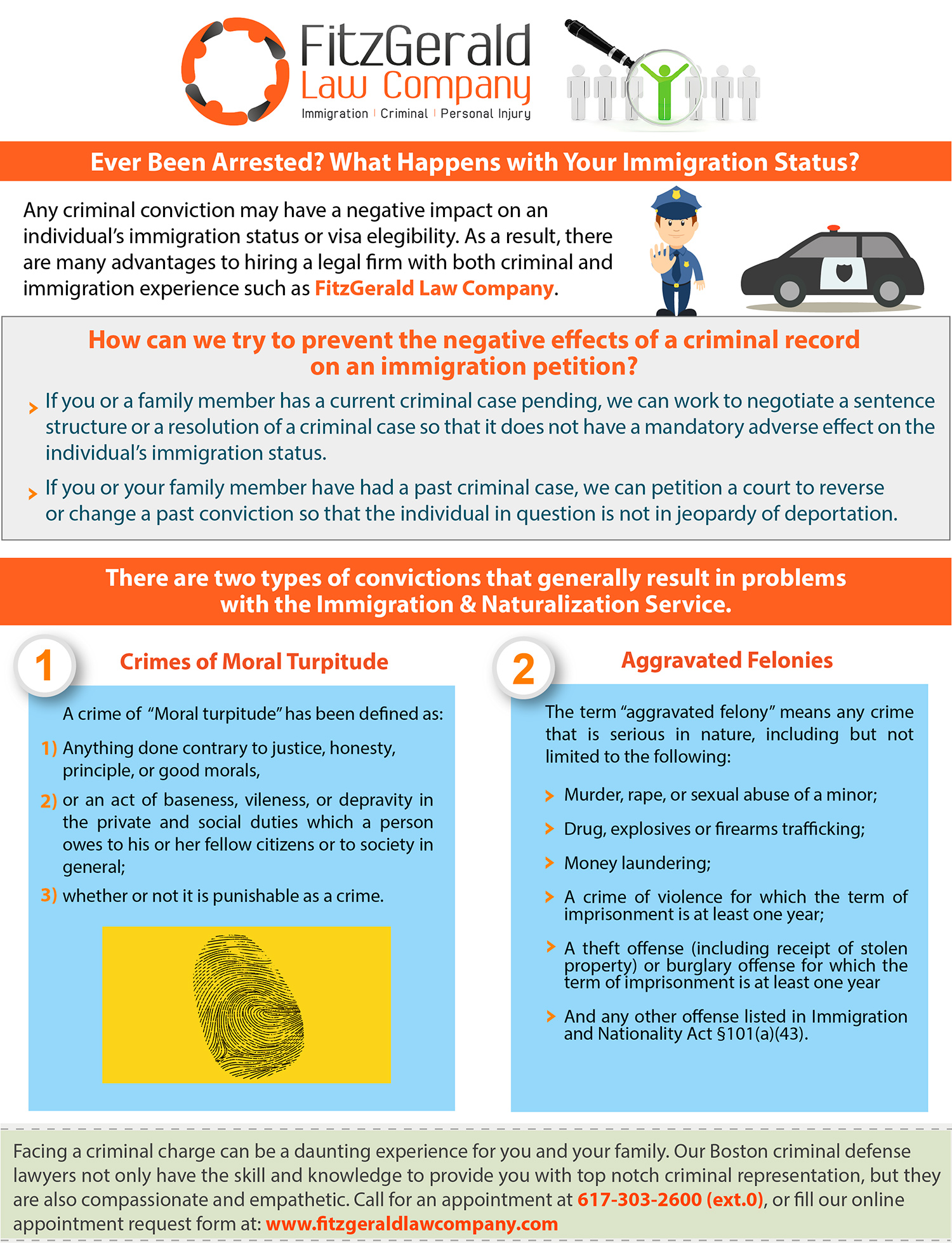What To Expect: The Chronology Of A Normal Separation Instance
What To Expect: The Chronology Of A Normal Separation Instance
Blog Article
Write-Up Author-Gustavsen Rodriguez
As you embark on the trip of navigating a separation case, you may find yourself questioning the timeline that lies in advance. From the first stages of filing files to the intricacies of settlement and the capacity for a trial, each action holds its very own set of obstacles and unpredictabilities. Comprehending the series of occasions can help you plan for what's to come and prepare for the twists and turns that may occur along the road.
Preliminary Filing and Service of Records
When beginning the separation process, the initial step is the initial filing of the required files with the court. This step officially starts the legal treatment and sets the divorce case moving. You should submit kinds that detail the grounds for divorce, properties, responsibilities, revenue, expenditures, and any other relevant details needed by the court.
After filing these files, duplicates have to be served to your spouse, notifying them of the divorce procedures. This solution can be done via a process-server, constable's office, or certified mail, ensuring that your partner is officially informed of the separation case versus them.
As soon as the files are submitted and served, the court will certainly offer a situation number and designate a court to look after the instance. It's essential to accurately complete and file these documents, as any kind of errors or noninclusions might postpone the separation procedure.
why divorce rates are surging lays the structure for the lawful dissolution of your marriage, noting the beginning of a possibly tough yet necessary procedure.
Discovery and Settlement Phase
Throughout the Discovery and Settlement Phase of a divorce instance, both parties participate in collecting details and exchanging appropriate files to better comprehend each other's financial circumstances and other essential information. This phase is important as it establishes the structure for negotiations and potential settlement agreements. Through techniques such as interrogatories, requests for production of records, and depositions, each event aims to reveal facts, possessions, financial obligations, and various other crucial info that might influence the instance's result.
Arrangements during this phase commonly involve conversations on numerous issues like residential property division, youngster guardianship, visitation schedules, and financial support. Both parties may work with their lawyers to discover negotiation choices, possibly preventing the requirement for a trial.
Mediation or joint regulation procedures might also be used to assist in effective conversations and reach mutually acceptable contracts. It's important to approach this stage with transparency, honesty, and a determination to compromise to attain a smoother resolution and reduce the emotional and monetary toll of a lengthy court battle.
Test and Last Resolution
Moving on from the Exploration and Arrangement Phase, the Trial and Last Resolution phase marks the end result of your separation instance. This phase is where unsolved issues are brought prior to a judge to make decisions on issues like possession department, child custodianship, and assistance. The test normally entails presenting evidence, witness testimonies, and lawful debates to sustain your case.
During Get Source , both parties will have the opportunity to present their settings and counterarguments. It's crucial to be prepared, as the judge's decision will considerably influence the final result of your divorce.
Adhering to the trial, the court will release a final judgment that describes the terms of the divorce, including any type of financial negotiations and guardianship arrangements.
Once the judgment is provided, the separation is wrapped up, and both events are legally bound by its terms. While the trial stage can be stressful and psychological, it's an essential step towards getting to a last resolution and moving on with your life post-divorce.
Final thought
In conclusion, navigating a divorce case entails a collection of actions from submitting first records to reaching a last resolution. Understanding the timeline of events can help you get ready for what to expect throughout the procedure. By being proactive, looking for legal advice, and remaining educated, you can browse the complexities of divorce process with self-confidence and quality.
